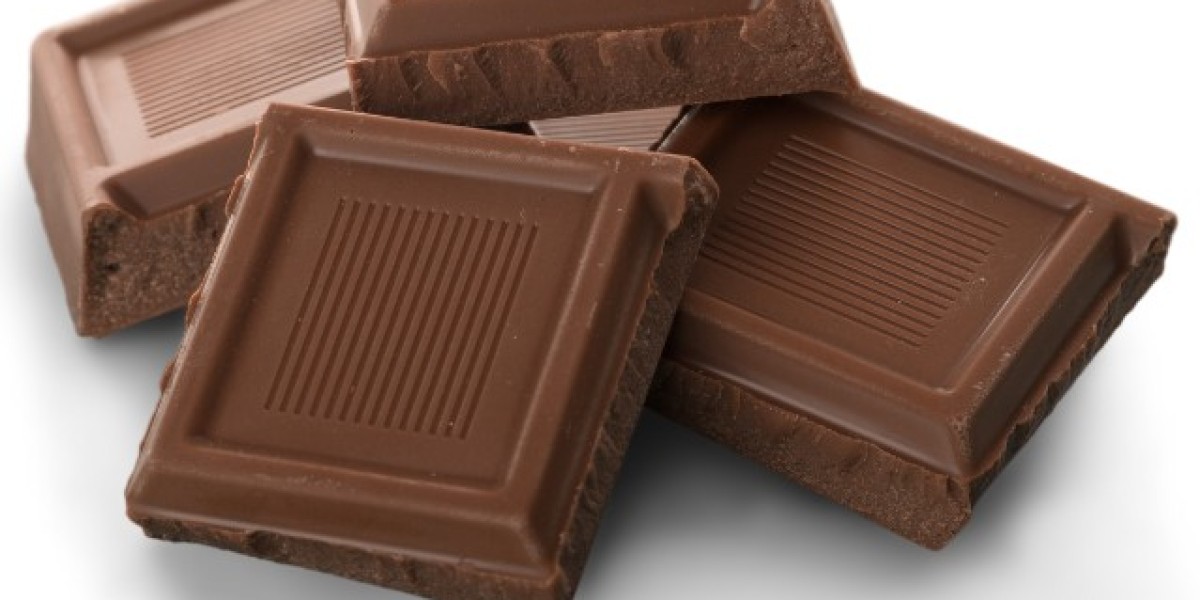Chocolate is more than just a treat; it's a universal symbol of indulgence, celebration, and comfort. Whether you're enjoying a rich, dark bar after a long day or sharing a box of assorted truffles with loved ones, chocolate has a magical way of connecting people to moments of joy. But how did this beloved sweet become such a global phenomenon? Let’s take a dive into the world of chocolate, from its ancient origins to its modern-day allure.
A Sweet History
The story of chocolate begins thousands of years ago in the rainforests of Central and South America. The cacao tree, Theobroma cacao, which means “food of the gods,” was cultivated by ancient civilizations such as the Maya and Aztecs. However, they didn’t eat chocolate in the way we do today. Instead, they made a bitter, spicy drink known as xocolatl (which is believed to be the origin of the word “chocolate”). The drink was a revered ritual offering to their gods and was also believed to have health benefits.
When Spanish explorers brought cacao beans back to Europe in the 16th century, the chocolate experience began to evolve. Europeans sweetened the drink with sugar, vanilla, and cinnamon, and it quickly became a luxury enjoyed by royalty and the elite.
The Evolution of Chocolate
The first solid form of chocolate was developed in the early 19th century, but it wasn’t until the invention of milk chocolate by Swiss chocolatier Daniel Peter in 1875 that chocolate became the smooth, creamy treat we know today. The introduction of cocoa butter and modern manufacturing techniques also made mass production of chocolate possible, which led to the rise of beloved brands like Hershey’s, Cadbury, and Lindt.
Today, chocolate is everywhere—from simple candy bars to gourmet confections, hot cocoa to chocolate-dipped fruit. The variety of chocolate types, including dark, milk, and white chocolate, offers something for every palate. Dark chocolate, with its higher cocoa content, appeals to those who enjoy a rich, slightly bitter taste, while milk chocolate, with its creamy sweetness, is a nostalgic favorite for many.
Health Benefits of Chocolate
While it’s often seen as a guilty pleasure, chocolate—especially dark chocolate—has a surprising array of health benefits. Rich in antioxidants, it can help improve heart health, boost brain function, and even improve your mood. Dark chocolate contains flavonoids that can lower blood pressure and improve circulation, while studies have shown that eating chocolate can release endorphins, the "feel-good" chemicals in the brain.
Of course, moderation is key. While the health benefits are real, chocolate is also high in sugar and calories, so it’s best to indulge mindfully. A small square of high-quality dark chocolate can be the perfect way to satisfy your cravings without overindulging.
Chocolate and Emotions: A Connection Like No Other
Chocolate has long been associated with love, affection, and celebration. Think of Valentine’s Day, when candy hearts and chocolate truffles are given as symbols of love. The ritual of gifting chocolate has deep emotional significance across cultures, as it’s often seen as a way to express feelings, whether romantic, friendly, or familial.
In addition to its role in holidays and special occasions, chocolate has the power to comfort us during tough times. Its rich, velvety texture and sweetness can provide a sense of relief during stressful moments, making it a go-to treat for many looking for a quick pick-me-up.
The Future of Chocolate: Sustainability and Innovation
As demand for chocolate continues to rise, the chocolate industry is faced with challenges related to sustainability. The cacao farming industry is heavily impacted by climate change, poverty, and unethical labor practices. Many companies are working toward more sustainable and ethical sourcing of cacao beans, promoting fair trade practices, and exploring ways to reduce their environmental footprint.
Additionally, innovation in chocolate is far from over. From bean-to-bar companies offering more transparency about the sourcing of cacao to exciting new flavor combinations (think chili, sea salt, or even wasabi-infused chocolates), the possibilities for future chocolate creations are endless.
Conclusion: The Timeless Appeal of Chocolate
Chocolate will always hold a special place in our hearts and taste buds. From its ancient origins to its modern-day forms, it has evolved into a global indulgence that brings comfort, joy, and even health benefits. Whether you prefer it dark, milk, or white, chocolate continues to inspire chefs, artisans, and everyday consumers alike, making it a truly timeless treat. So, next time you unwrap a piece of your favorite chocolate, take a moment to savor its rich history and indulge in the sweetness of life.








